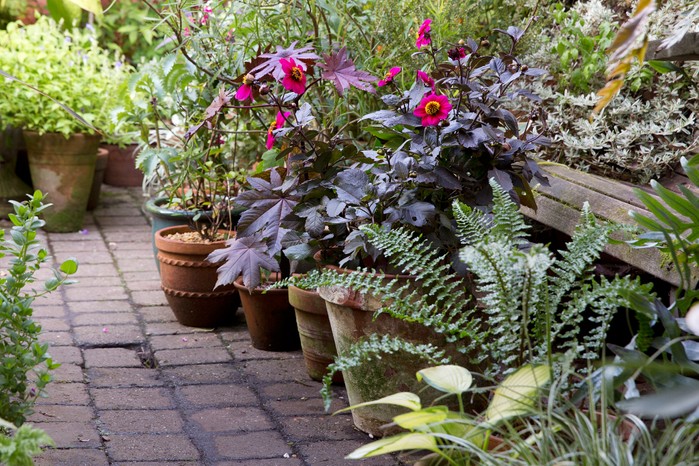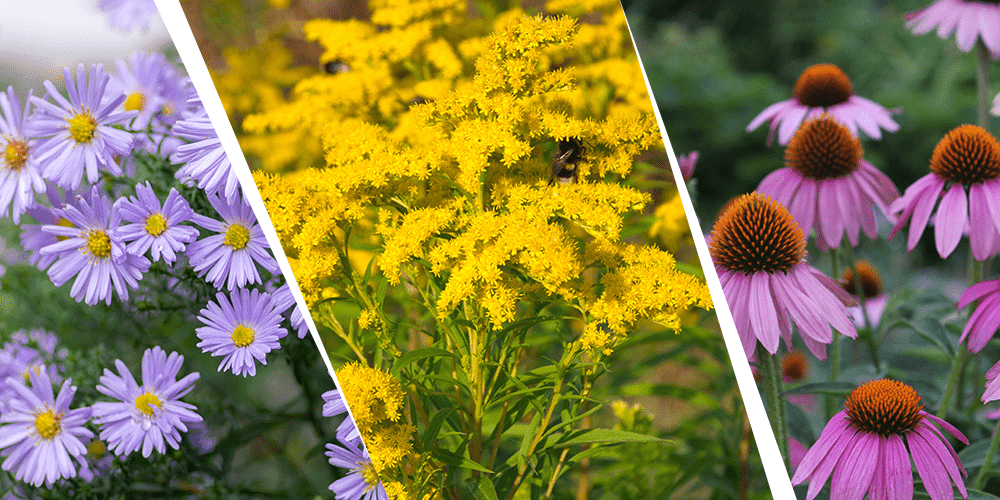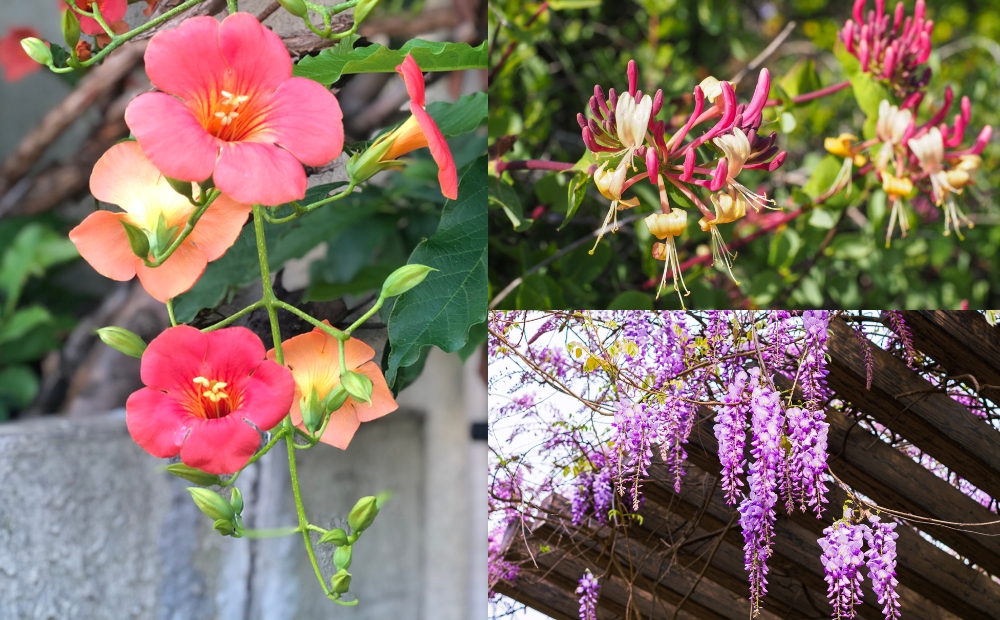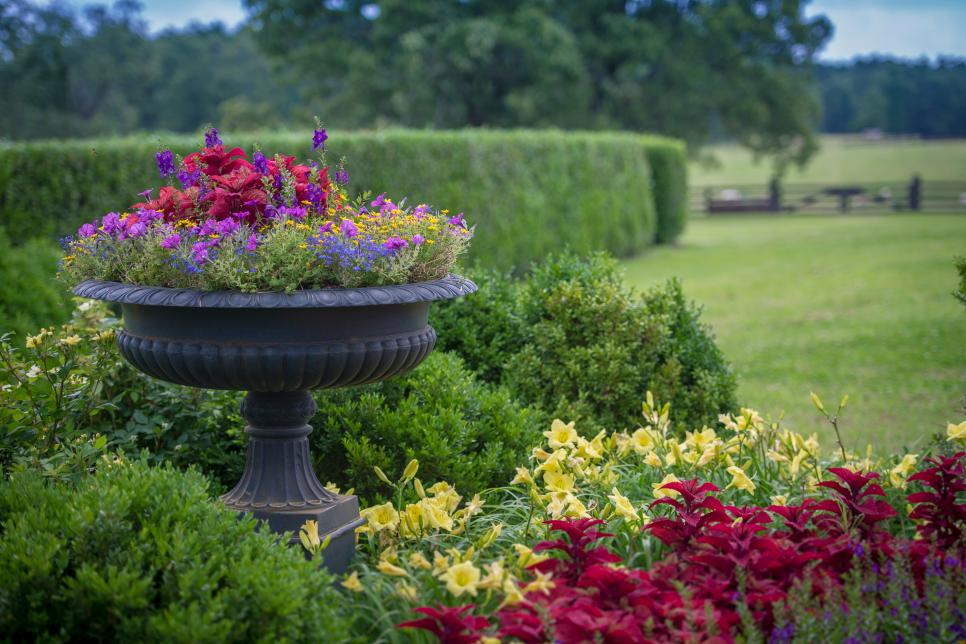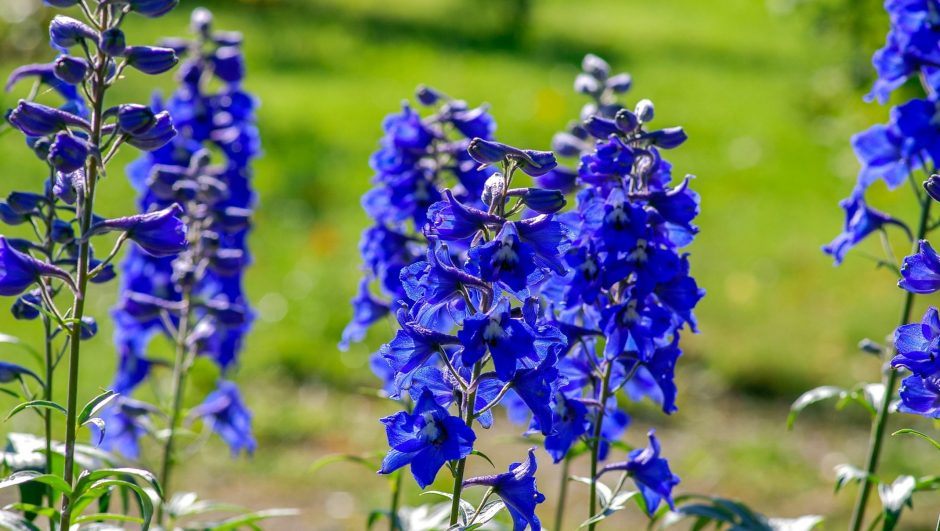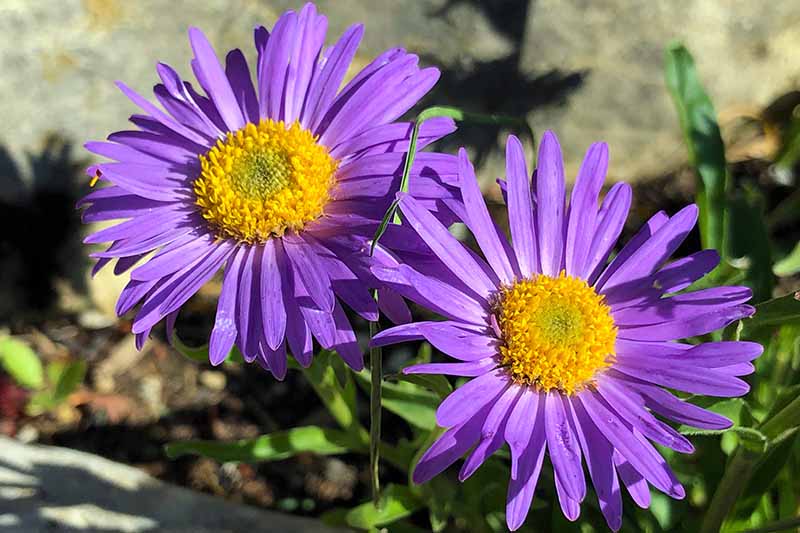Plant Development Tips
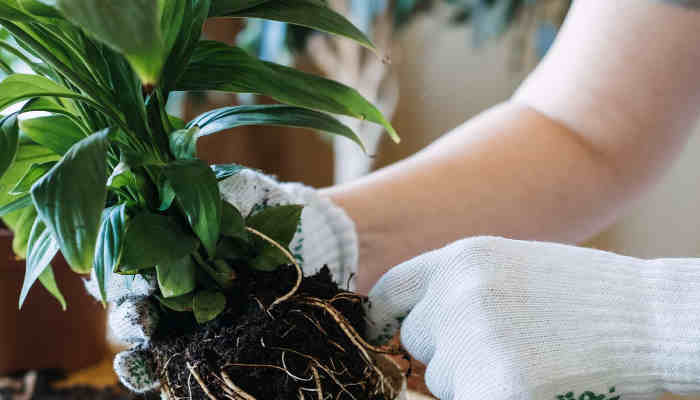
Whether you’re growing houseplants, herbs, or vegetables, healthy plant development starts with understanding the basics. From soil quality to light exposure and watering routines, several small changes can make a big difference. These expert-backed plant development tips will help you support vigorous growth and long-term plant health—whether you’re a beginner or a seasoned green thumb.
Why Plant Development Tips Matter
Plants go through several key growth stages, from germination to maturity. Knowing how to support each stage helps you avoid common issues like yellowing leaves, stunted growth, or root rot. This guide highlights practical plant development tips that are simple to apply but offer powerful results.
1. Choose the Right Soil Mix
The foundation of healthy plant development begins with soil. Use a nutrient-rich potting mix for container plants, and amend your garden soil with compost or organic matter. Ensure good drainage to prevent root diseases.
🟢 Tip: Conduct a basic soil test to check pH and nutrient levels—most plants prefer a range between 6.0 and 7.0.
2. Monitor Watering Consistently
One of the most overlooked plant development tips is proper watering. Both overwatering and underwatering can damage roots and slow development. Most plants prefer deep but infrequent watering that encourages strong root systems.
3. Provide the Right Amount of Light
All plants need light for photosynthesis, but the amount and intensity vary. Leafy greens love full sun, while some houseplants like pothos or snake plants thrive in indirect light. Pay attention to your plant’s needs and observe for signs like leaf burn or stretching.
4. Feed Your Plants with the Right Fertilizer
Each growth stage may require different nutrients. During vegetative growth, nitrogen helps promote leaf development. For flowering or fruiting, phosphorus and potassium are key. Use a balanced, slow-release fertilizer or opt for natural options like worm castings.
5. Prune and Pinch for Better Growth
Pruning isn’t just for shaping—it’s vital for strong plant development. Pinching back growing tips encourages bushier plants. Remove dead or damaged leaves to prevent disease and redirect energy to healthy growth.
6. Watch for Pests and Diseases
Early detection is one of the most valuable plant development tips. Regularly inspect your plants for signs of aphids, spider mites, mildew, or fungus. Use organic pest control when needed, and isolate affected plants to prevent spread.
7. Rotate and Repot
Container plants benefit from occasional repotting as they outgrow their pots. For garden beds, rotating crops each season helps prevent nutrient depletion and disease buildup in the soil.
